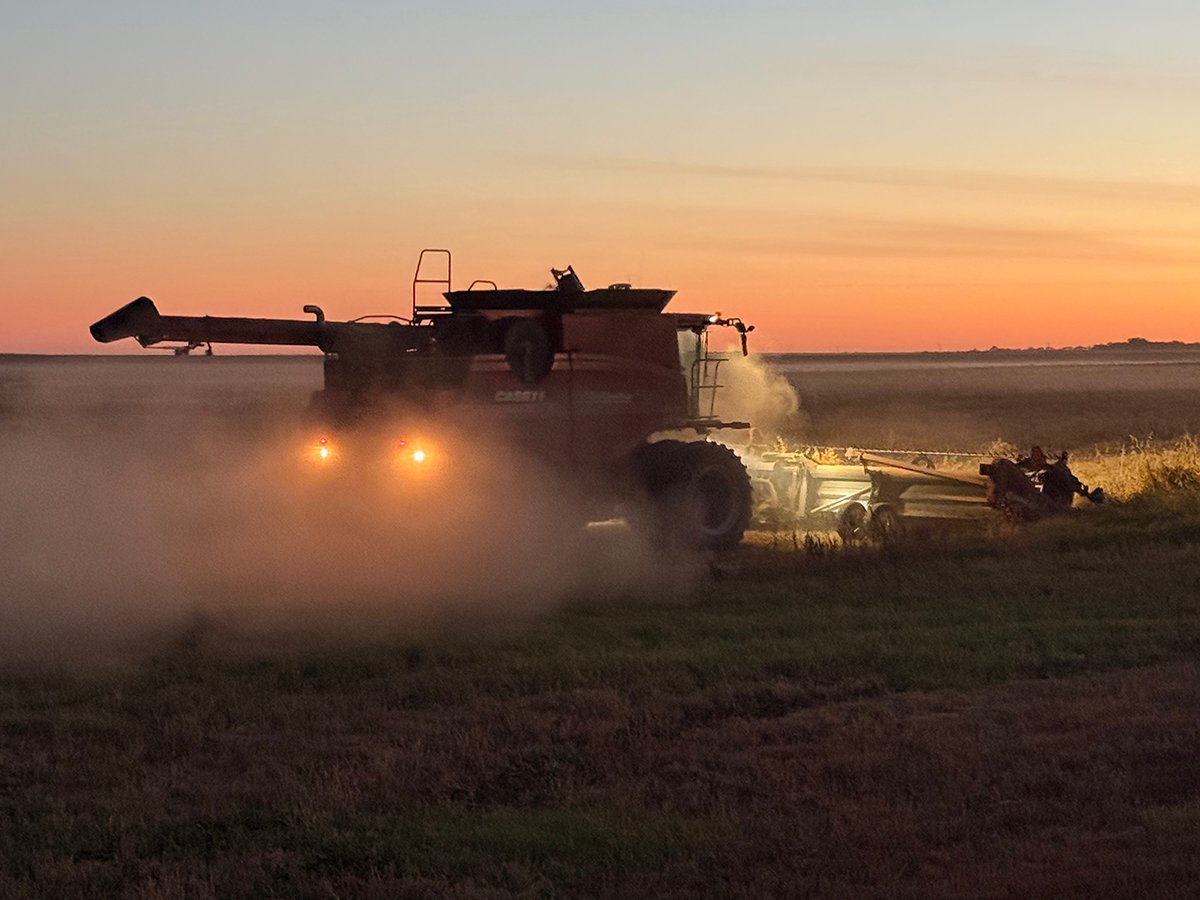Costly calculation
When one wanders through the grave markers of a former battlefield such as Gallipoli one can’t help but wonder what kind of world we would have had if these masses of bright young men buried there had been allowed to live out their lives.
Farmers, community leaders, professional men, family men, sports heroes, all wasted.
Gallipoli was a 1915 First World War attempt by Allied forces to open up the Dardanelles and the Bosporous so the Russian navy could steam out of the Black Sea. The Whitehall theory was that when the Turkish army, allied with Germany, saw a British flotilla landing Australian and New Zealand troops it would retreat.
Read Also

Downturn in grain farm economics threatens to be long term
We might look back at this fall as the turning point in grain farm economics — the point where making money became really difficult.
The Turks have a long history of repelling invaders. With the help of German engineers, they had honeycombed the place with concrete bunkers and trenches, some still there.
I saw the point where the hapless troops landed and wondered at the sanity of the British High Command in planning the assault.There was a short piece of flat land with a sharp cliff to scale. That cliff was lined with artillery, rifles and machine guns. Ahmet, our Turkish guide, said: “It was like shooting birds.”
Close to 200,000 Australian, New Zealand and British troops were killed while naval artillery and fire from foot soldiers wiped out 250,000 Turks, but there was no surrender. The Allies withdrew their forces a year later and the Dardanelles remained closed to the Russian fleet.
I took a picture of one headstone for a 17-year-old Australian. It said:
“He died a man, and closed his life’s brief day ere it had scarce begun.”
















